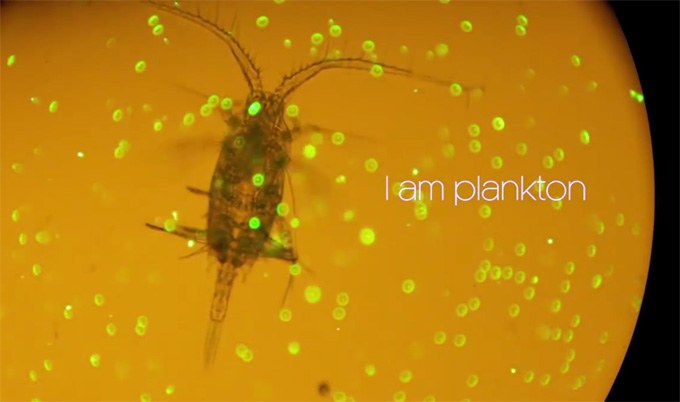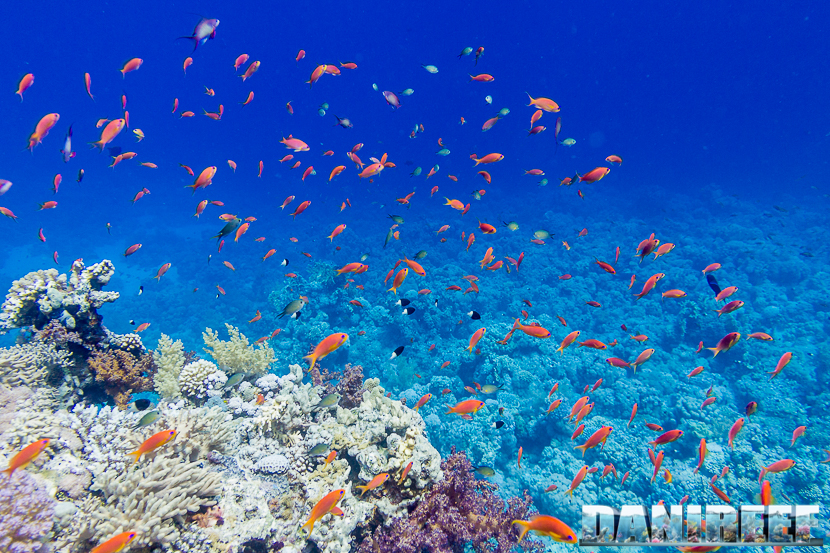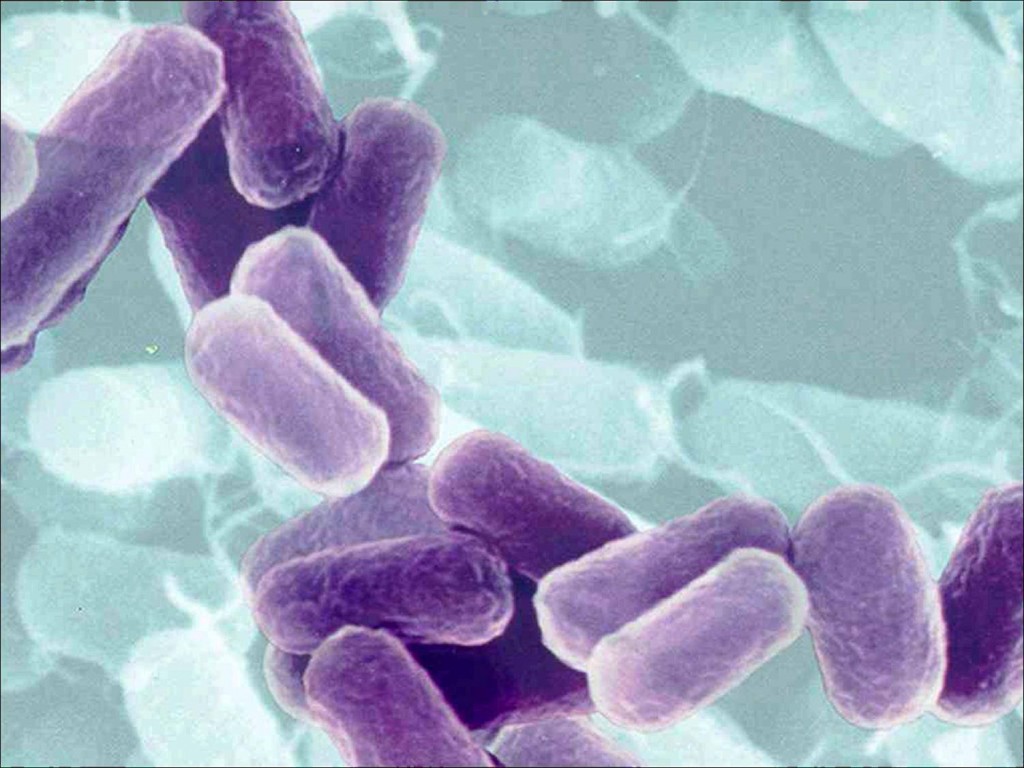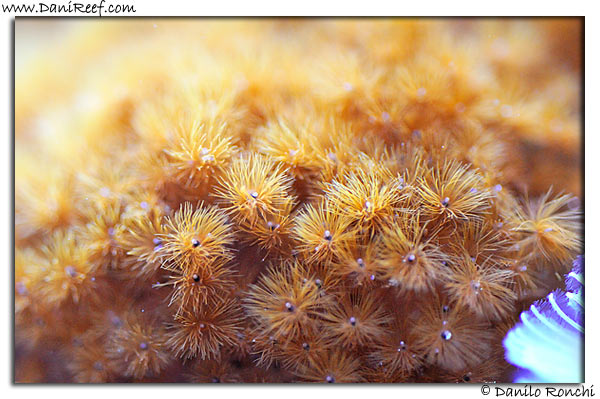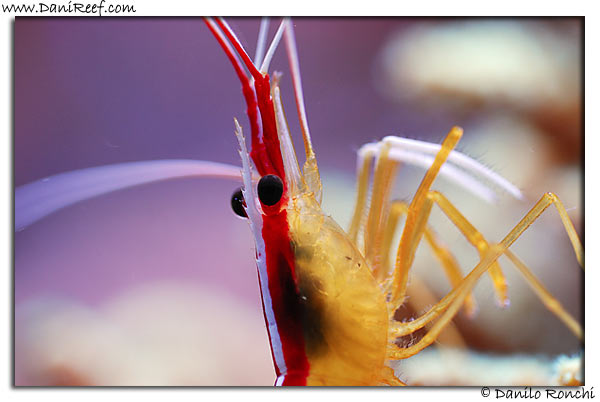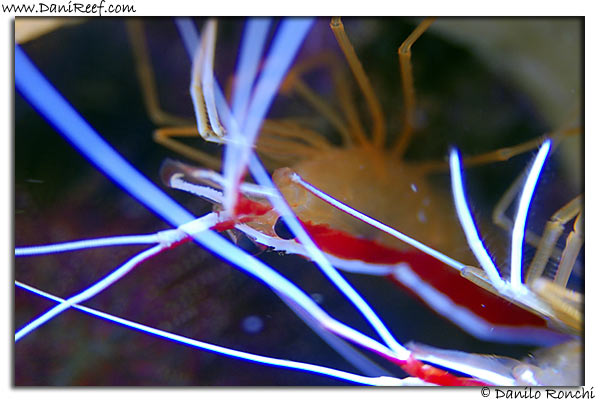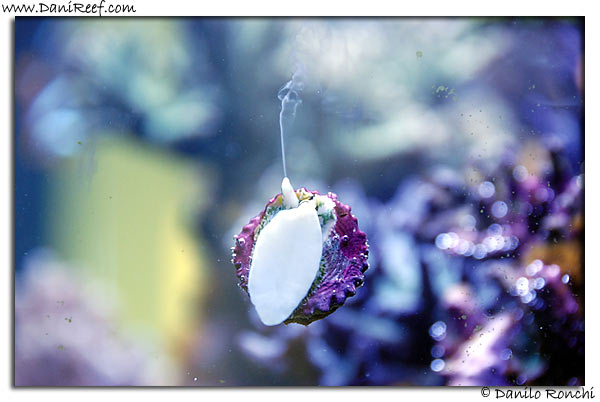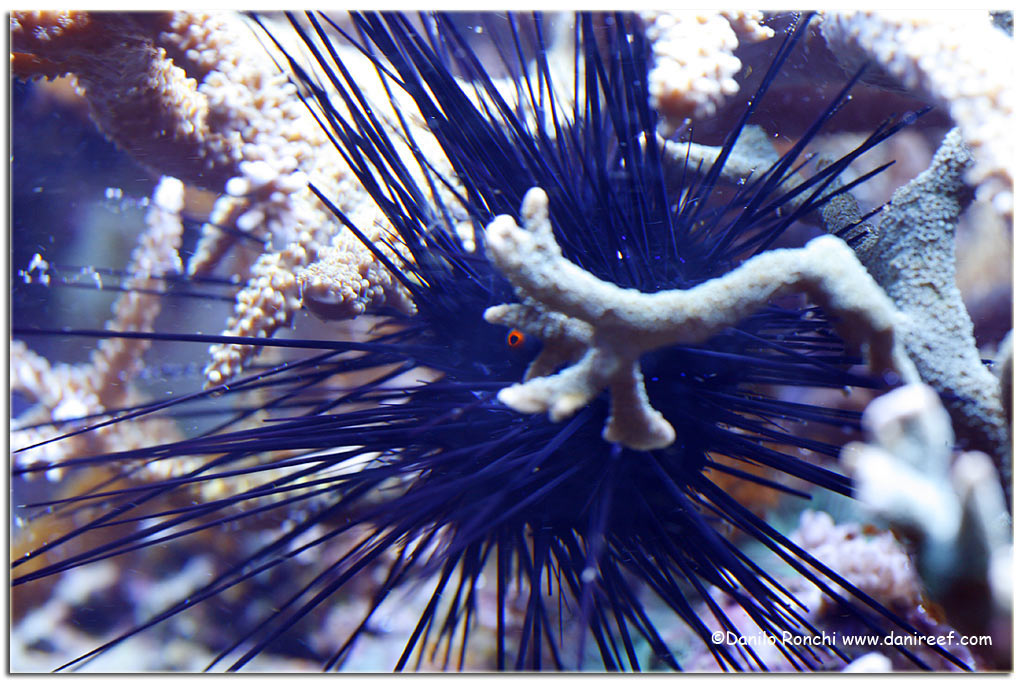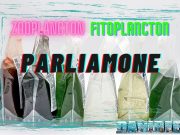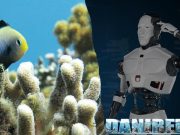INVERTEBRATES
Home INVERTEBRATES
Myrionema amboinense
For English version please click here
Il Myrionema amboinense (anche conosciuto come amboeniensis) è un idrozoo originario dell’Oceano Atlantico dell’Ovest, scoperto per la...
Lysmata amboinensis… and not only…
For English version please click here
Qualche giorno fa ho beccato il mio Lysmata amboinensis che si faceva guardare e così ne ho...
Dov’è il granchio – where is the crab?
Pensate sia facile individuare il granchio? Io so dov'è... ma voi lo vedete???
Where is the crab into the photo? It seems easy but...
Lysmata amboinensis
Lysmata amboinensis - Pacific scarlet cleaner shrimp (skunk cleaner shrimp)
Il mio personale punto di vista - my personal point of view :-)
La Tridacna… da vicino – inside Tridacna
Quanto possono essere belle le Tridacne?
Io ne ho due, sono due Maxime. Una ha più di 6 anni, mentre l'altra ne ha quasi...
Ed anche la lumaca emette sperma – Snail spawning
Qualche giorno fa mi è capitato di vedere una delle mie lumache emettere sperma in vasca, e siccome avevo la macchina fotografica a...
Il paguro sulle stream – hermit crab onto stream pump
Curioso da capire come abbia fatto il paguro ad arrivare in alto sulle stream... e perché... forse per vedere le Aiptasie che ci...
Arrivederci amico mio! – Goodbye my friend!
Come annunciato ormai da tempo, la convivenza con il mio carissimo riccio diadema era diventata insostenibile, cresciuto ormai fino alal soglia dei 30...
I danni del riccio Diadema – The Sea Urchin’s damages
Anche oggi mi sono avvicinato alla mia vasca ed anche oggi ho trovato le mie belle sorprese. Purtroppo è mattina è le luci...


